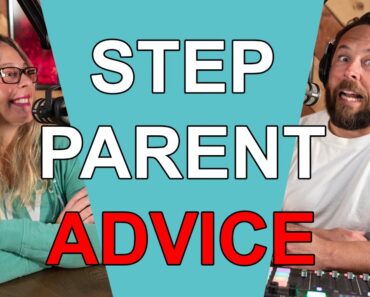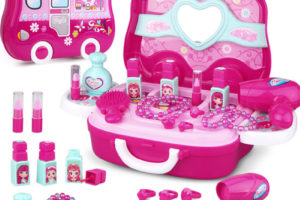Pregnancy, birth, and motherhood — three things that are often fantasized about, and with good reason. We daydream about getting that positive test, growing a sweet baby bump that we display under flowing summer dresses and eventually giving birth to a beautiful baby, who we take home and love. This is the story for lots of parents — but not for all.
There are many aspects of this dream scenario that do not always go as planned, as you may know. Pregnancies don’t always happen quickly and they’re rarely completely easy. There’s nausea, weight gain and a host of other possible complications. We can generally dislike the entire process — even if the result is worthwhile.
But what happens when the delivery is not just challenging but traumatic?
Traumatic births are not discussed as much as they need to be. Generally speaking, the mentality is that once the baby is out and healthy, we should simply be grateful. Childbirth is difficult, right? Does any of it matter if your baby is here and healthy? You’re okay, so why dwell?
Trauma comes in many shapes and forms but is generally defined by actual or perceived harm, risk, or powerlessness, and whether the experience has psychologically impacted you. When we’re discussing birth trauma, this likely also extends to a fear of your child being in danger or harmed and this is not something that we, as parents, move past easily.
I have a client who came to me to discuss just this and has given me permission to share parts of her story.
The birth of her first child did not go as planned. Despite everyone’s assumptions that first births take a long time, this baby was moving quickly, very quickly. Upon the arrival of her midwives, the baby was on the way out and despite a desire to go to the hospital, there simply wasn’t time. Her baby arrived naturally at home, on her bed. She described fear, uncertainty and a complete loss of control during this experience.
While her midwives shared their excitement with comments like “Wow, what a birth!”, she felt scared, alone, and frankly, traumatized. This was not the birth she had planned for and there was no time during the labour to ready herself for what was to come. She was simply a passenger in her own labour. This ended up being not only fear in the moment but fear of the future. What if this happens again? How do I avoid this? What if things are worse?
What do you do after a traumatic birth?
Continued intrusive thoughts, flashbacks, and worries that do not subside are signs that you need to deal with the trauma. There are no “bad” thoughts or feelings. Our thoughts tell us a lot about our state of mind and they are worth paying attention to.
So ask yourself, where your brain is getting stuck and what you need to reframe or redefine the experience. Where can you take some control over your thoughts and your future experiences?
One step that many birthing parents consider is reviewing their medical records. Some may feel like this could be retraumatizing but when you’re ready, it can also be very helpful in understanding exactly what happened. When we’re experiencing a trauma, our brains operate very differently, and we don’t create a linear narrative of events. We often forget things and feel confused following them.
This is natural and a way for our brains to protect us from fearful events. That said, getting a good solid understanding of what took place can be helpful in managing your thoughts.
When we experience trauma, there’s no way of getting rid of it but we ideally want our lives to grow around it. Picture a large circle in your head, this represents your entire life. Now picture a smaller circle inside of that circle, that is your trauma.
Initially, this inner circle will be large and take over much of your life. Over time, we want the inner circle to shrink and the outer circle to grow. The trauma still exists but takes up significantly less space. If this isn’t naturally occurring over time, seek the assistance of a social worker or psychotherapist to help you.
One common concern with this type of trauma is feeling anger towards your own body. “Why did my body react this way when my friends’ bodies didn’t? Isn’t my body made for this? I should have been stronger.” Working with a therapist to challenge these thoughts and to normalize this experience can be very helpful.
Look for control where you can find it
Again, we cannot change the past, but we can learn from it. Knowledge is power, even traumatic knowledge. With the client who felt her birth was too fast, we will explore what she learned about herself and her body and what preparations can be made for her next pregnancy.
We have discussed self-advocacy, arriving at the hospital early and refusing to leave even if they send her away. She will also consider requesting a different professional to work with if necessary, so she feels more confident in her care. While we have no way of creating the perfect second labour, we can find ways to feel more in control and more prepared for the unexpected.
Finally, remember that most childbirth is traumatic to a degree. We essentially destroy our bodies to welcome life, and this does not always go as planned. I have four beautiful children and each labour came with its own challenges and experiences. How you experience this incredible, yet wildly intense experience is personal and should never be defined or labelled by anyone else.
Your thoughts and feelings are valid and matter. If you or someone you know needs support related to a traumatic birth, postpartum depression, or anything else motherhood-related, please reach out for support.

































